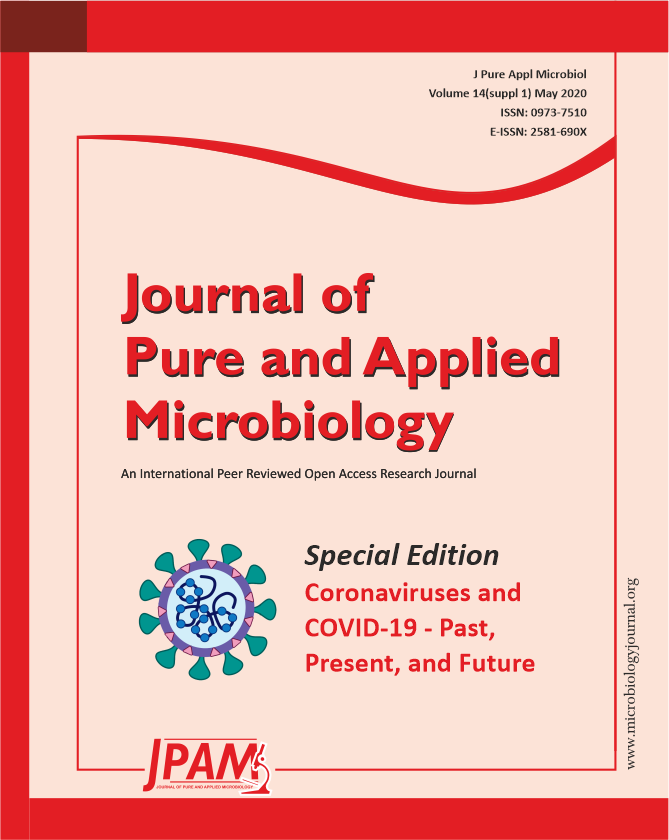Coronavirus is a large virus family consisting of diverse viruses, some of which disseminate among mammals and others cause sickness among humans. COVID-19 is highly contagious and is rapidly spreading, rendering its early diagnosis of preeminent status. Researchers, medical specialists and organizations all over the globe have been working tirelessly to combat this virus and help in its containment. In this paper, a novel neural network called WisdomNet has been proposed, for the diagnosis of COVID-19 using chest X-rays. The WisdomNet uses the concept of ‘Wisdom of Crowds’ as its founding idea. It is a two-layered convolutional Neural Network (CNN), which takes chest x-ray images as input. Both layers of the proposed neural network consist of a number of neural networks each. The dataset used for this study consists of chest x-ray images of COVID-19 positive patients, compiled and shared by Dr. Cohen on GitHub, and the chest x-ray images of healthy lungs and lungs affected by viral and bacterial pneumonia were obtained from Kaggle. The network not only pinpoints the presence of COVID-19, but also gives the probability of the disease maturing into Acute Respiratory Distress Syndrome (ARDS). Thus, predicting the progression of the disease in the COVID-19 positive patients. The network also slender the occurrences of false negative cases by employing a high threshold value, thus aids in curbing the spread of the disease and gives an accuracy of 100% for successfully predicting COVID-19 among the chest x-rays of patients affected with COVID-19, bacterial and viral pneumonia.
WisdomNet, COVID-19, ARDS, chest x-rays, convolutional neural networks
© The Author(s) 2020. Open Access. This article is distributed under the terms of the Creative Commons Attribution 4.0 International License which permits unrestricted use, sharing, distribution, and reproduction in any medium, provided you give appropriate credit to the original author(s) and the source, provide a link to the Creative Commons license, and indicate if changes were made.


